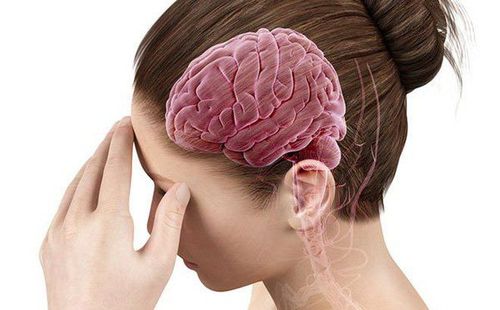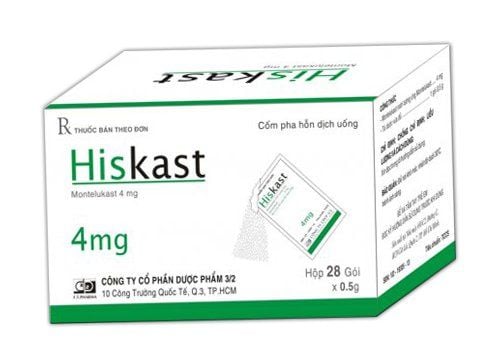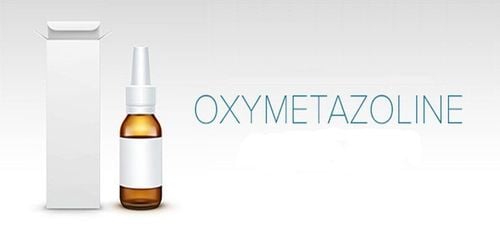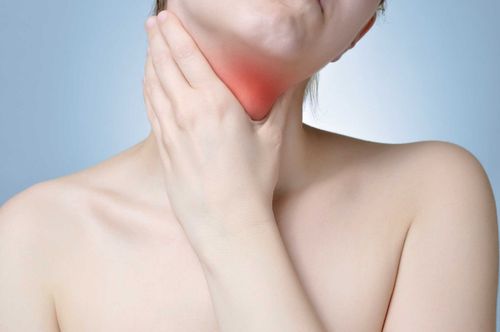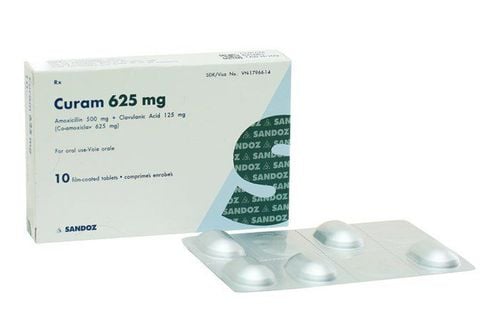This is an automatically translated article.
Chewing practice is a method of using exercises to restore chewing function for poor chewers. Because chewing-swallowing function has a direct influence on food choice and nutrition, and indirectly affects health and the risk of systemic diseases.
1. Restore chewing function
Chewing practice is a method of using exercises to restore chewing function in patients with poor chewing. When the patient has weak chewing muscles, they can't chew food or the efficiency of chewing food is poor and not thorough, leading to unrefined food being swallowed into the stomach.
The criteria to be achieved after teaching chewing exercises to restore chewing function in patients with poor chewing are:
The patient can chew on their own and the family can do it themselves.
2. Indications and contraindications
2.1 Designation
Indication of chewing exercise for patients with difficulty in chewing function
2.2 Contraindications
Contraindicated chewing rehabilitation exercises for the following cases:
The patient is lethargic or in a coma. Inflammation of the upper and lower respiratory tract. Excessive secretion of sputum Convulsions
3. Chewing exercise
3.1 Preparation
Person performing chewing exercise instruction: doctor, nurse or rehabilitation technician.
Means:
Cotton towels (used to put on people). Food: Rice, bread or hard biscuits,... Patient: create a quiet, comfortable eating environment for the patient.
Medical records: Prepare medical records when ordered by a doctor
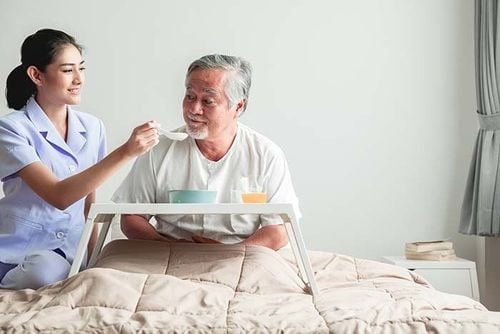
Bài tập để phục hồi chức năng nhai cho người nhai kém
3.2 Steps to take
Steps to perform chewing exercises to restore chewing function include:
Posture: put the patient in a sitting position with head about 30-90° high, pillow behind the head, put a napkin in front of the patient's chest and maintain Maintain a comfortable eating position. Show the patient what food will be eaten. At the same time, introduce those dishes to stimulate increased appetite, help secrete digestive juices. Model chewing movements. Place the food in the molar position and ask the patient to repeat the chewing movement. Manually assist the patient (helps move the lower jaw). Ask the patient to use the tongue to push the food to the sides of the jaw. Have the patient chew with small pieces of food. The patient may not necessarily be able to swallow the food they have just chewed. Encourage the patient when they are able to perform the correct movement. Some issues to pay attention to when practicing chewing for poor chewers include:
The patient should eat slowly without rushing, the food is just enough for the patient to chew easier. In patients with cerebrovascular accident, food is delivered to the non-paralyzed side of the mouth. Food must be put in the correct position of molars, so that the patient can chew and swallow all the food in the oral cavity before continuing to spoon feed. At the end of the meal, clean the patient's teeth. Instruct family members in chewing exercises and how to do them, and keep records.
4. Monitoring and handling of accidents
When practicing chewing, the patient should be monitored for problems such as coughing, choking, cyanosis, difficulty breathing,... After eating, let the patient rest for about 30 minutes in a sitting position, then help the patient. The patient lies down, to prevent food from backing up into the throat. During the practice of chewing exercises, it is still necessary to keep a nasogastric tube or by other means, in order to fully replenish the necessary amount of water and nutrition.
Problems that may be encountered when practicing chewing for the patient and how to handle them are as follows:
When the patient coughs, stop feeding. Let the patient rest for at least 30 minutes, and then practice chewing again, if the patient keeps coughing, it needs to be delayed for a long time before the patient can practice chewing again. When choking or choking, help the patient to empty the mouth: remove food from the patient's mouth by hand, combined with patting the back or use the heimlich maneuver by standing behind the patient's back. patient. Simultaneously, both hands hold the patient's abdomen, then press quickly and strongly in the inner direction, strongly and upward, to force the food out of the mouth. In addition, a viscous sputum suction tube can be used to help draw food out. In short, chewing exercise is a method of using exercises to restore chewing function for poor chewers. Because chewing-swallowing function has a direct influence on food choice and nutrition, and indirectly affects health and the risk of systemic diseases. Therefore, patients with poor chewing need to be restored to chewing function to get the best nutrition and recover quickly.
Please dial HOTLINE for more information or register for an appointment HERE. Download MyVinmec app to make appointments faster and to manage your bookings easily.




